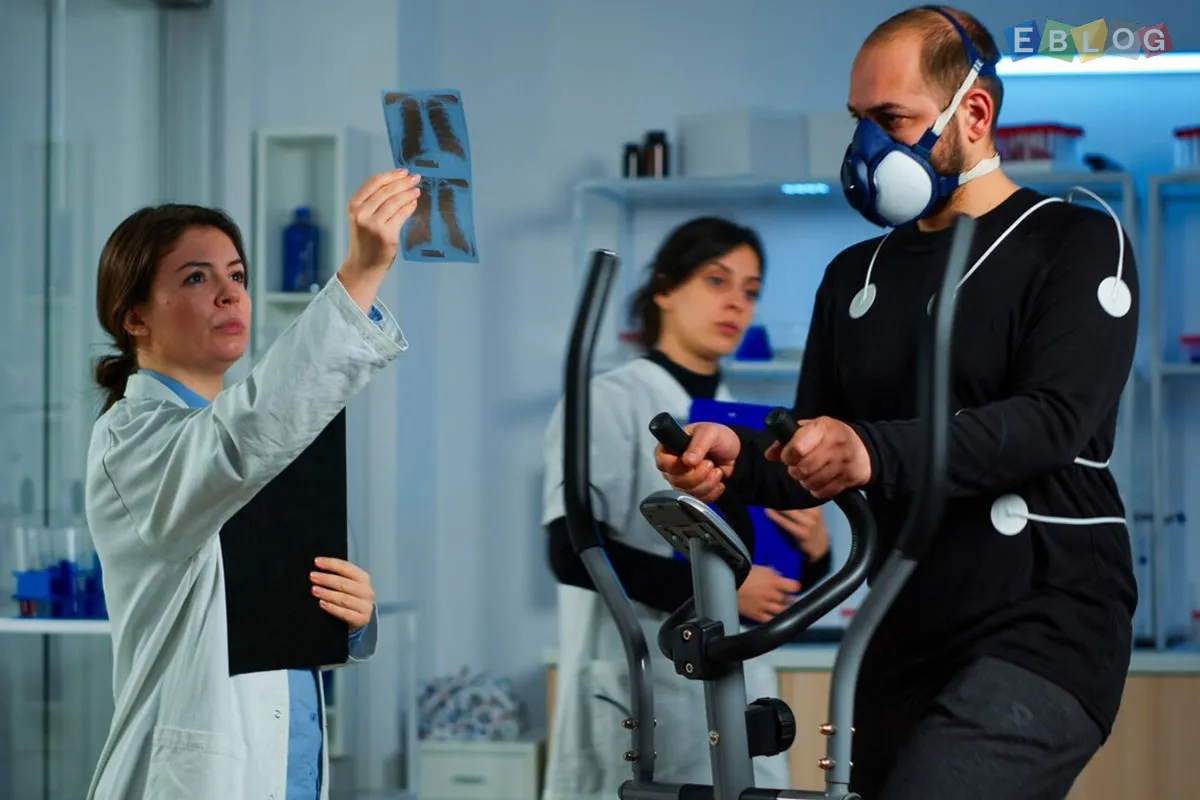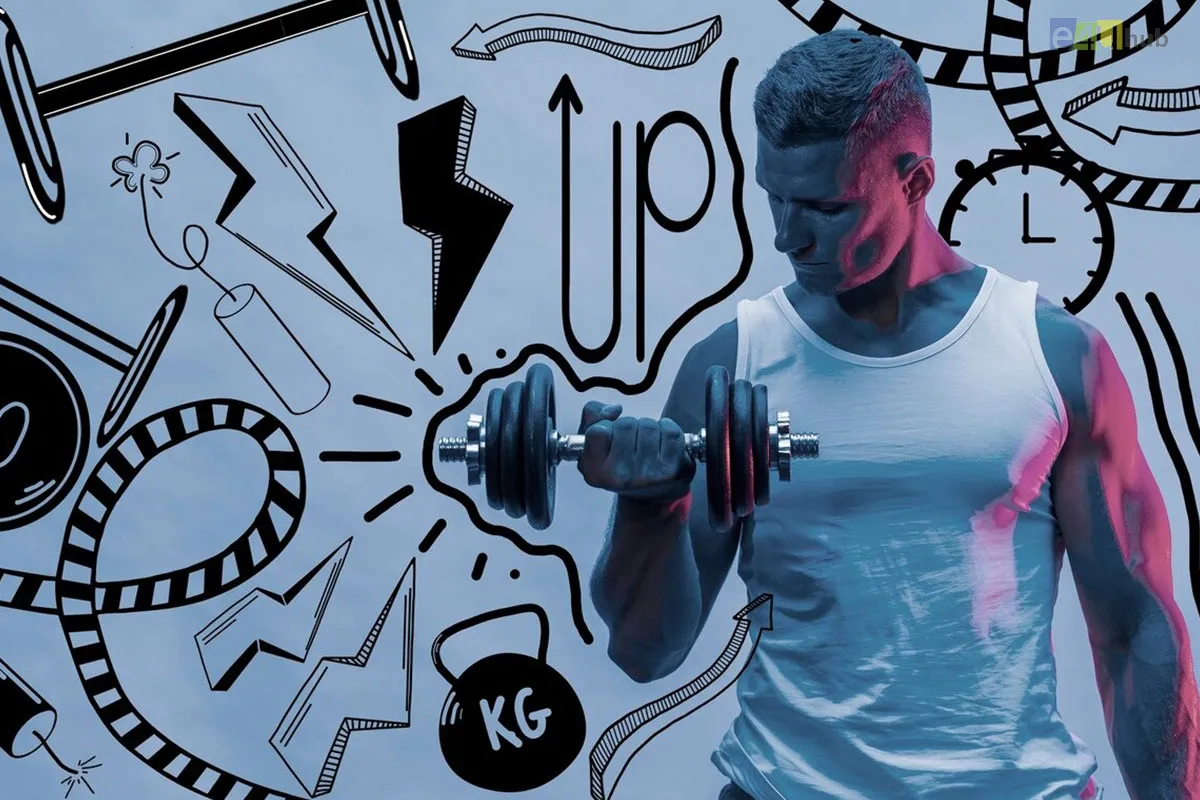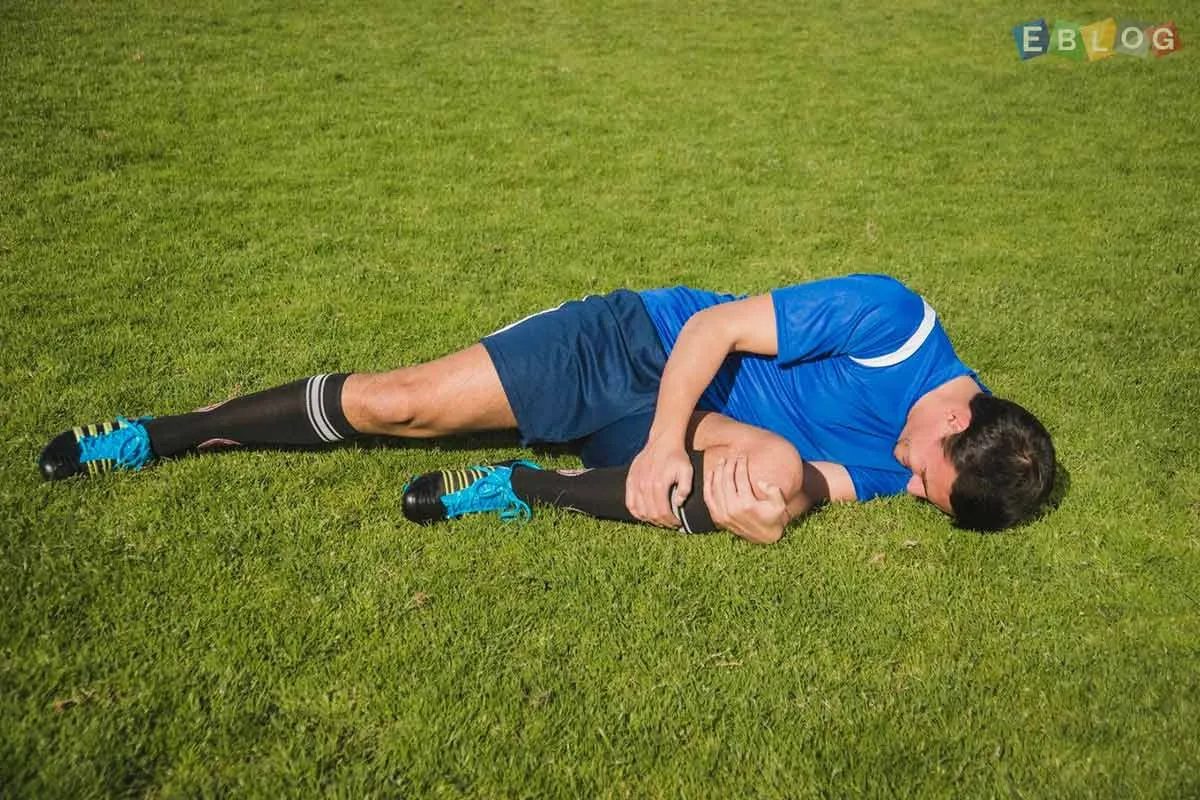
Sports Medicine: Innovations in Injury Prevention and Rehabilitation
- 31 Aug, 2024
- Sports
- 519 Views
- 0 Comments
Sports medicine has seen remarkable advancements over the years, significantly improving how athletes prevent injuries and recover from them. The integration of cutting-edge technology, refined techniques, and a deeper understanding of the human body has revolutionized the field, making it possible for athletes to return to peak performance faster and safer than ever before.
1. Wearable Technology: Monitoring and Preventing Injuries
One of the most exciting developments in sports medicine is the use of wearable technology. Devices such as smartwatches, fitness trackers, and even smart clothing can monitor an athlete's vitals, biomechanics, and movements in real-time. By analyzing this data, sports professionals can identify patterns that may indicate an increased risk of injury. For example, tracking the way a runner's foot strikes the ground can help detect improper form, which can then be corrected to prevent stress injuries.
These devices also allow for personalized training programs tailored to an athlete's specific needs, ensuring that they are not overtraining and putting themselves at risk. The real-time feedback provided by wearable tech is invaluable in creating a proactive approach to injury prevention.
2. Platelet-Rich Plasma (PRP) Therapy: Speeding Up Recovery
Platelet-Rich Plasma (PRP) therapy is a revolutionary technique that has gained popularity among athletes for its ability to accelerate the healing process. PRP involves drawing a small amount of the athlete's blood, processing it to concentrate the platelets, and then injecting this platelet-rich plasma directly into the injured area. The growth factors in the platelets help to repair damaged tissues more quickly, reducing the recovery time significantly.
This treatment has been used for various injuries, including tendonitis, ligament sprains, and muscle strains. While it is still a relatively new procedure, PRP has shown promising results and is becoming a go-to option for athletes looking to get back in the game faster.
3. Cryotherapy: Reducing Inflammation and Pain
Cryotherapy, or cold therapy, is another innovation in sports medicine that has become increasingly popular among athletes. This treatment involves exposing the body to extremely cold temperatures for a short period, which helps reduce inflammation, numb pain, and speed up recovery. Whole-body cryotherapy chambers are now available in many sports facilities, offering athletes a quick and effective way to manage post-exercise soreness and minor injuries.
Cryotherapy is particularly effective in reducing delayed onset muscle soreness (DOMS) and can be used as part of a regular recovery routine to keep athletes performing at their best.
4. Advanced Imaging Techniques: Diagnosing Injuries More Accurately
Advances in imaging technology have greatly improved the accuracy and speed of injury diagnosis. Techniques such as MRI (Magnetic Resonance Imaging) and ultrasound have become standard in sports medicine, allowing for a detailed view of soft tissues, ligaments, and muscles. These tools help doctors identify the exact nature of an injury, which is crucial for determining the most effective treatment plan.
In addition, newer technologies like 3D imaging and functional MRI (fMRI) are providing even more detailed insights, enabling personalized rehabilitation programs that target the specific needs of each athlete.
5. Regenerative Medicine: Healing from Within
Regenerative medicine is a rapidly growing field that holds great promise for the future of sports injury treatment. Stem cell therapy, for example, involves using the body's own cells to repair damaged tissues. These cells can differentiate into various types of tissues, such as bone, cartilage, or muscle, making them ideal for treating sports injuries.
Another exciting development is the use of tissue engineering, where bioengineered tissues are created and implanted to replace or repair damaged areas. Although still in its early stages, regenerative medicine could eventually allow athletes to recover from severe injuries that were once career-ending.
6. Virtual Reality (VR) and Augmented Reality (AR): Enhancing Rehabilitation
Virtual Reality (VR) and Augmented Reality (AR) are being integrated into rehabilitation programs to make the process more engaging and effective. VR can simulate real-life sports scenarios, allowing athletes to practice movements in a controlled environment without the risk of re-injury. This technology can also help in mental conditioning, enabling athletes to visualize their performance and build confidence as they recover.
AR, on the other hand, can overlay digital information onto the physical world, providing athletes with real-time feedback on their movements during rehab exercises. This ensures that they are performing the exercises correctly and efficiently, speeding up the recovery process.
Conclusion
The innovations in sports medicine are transforming how athletes approach injury prevention and rehabilitation. With the continued advancement of technology and medical research, athletes can look forward to even more effective treatments that will keep them healthy, enhance their performance, and extend their careers. Whether it's through wearable tech, regenerative medicine, or advanced imaging, the future of sports medicine is bright, offering hope and healing to athletes at every level.















Leave a Reply